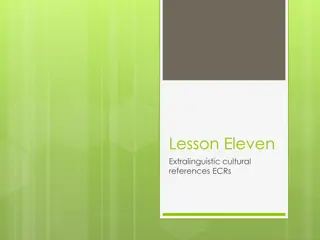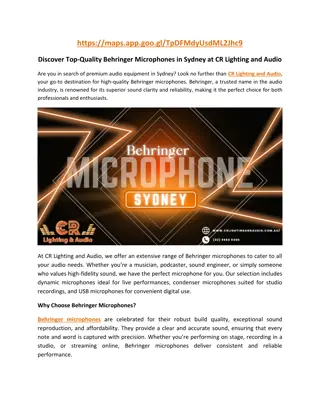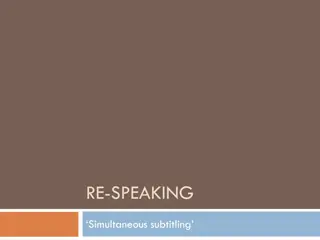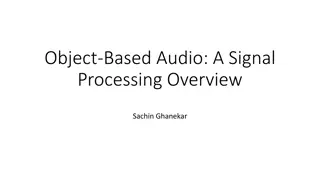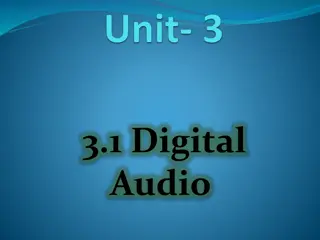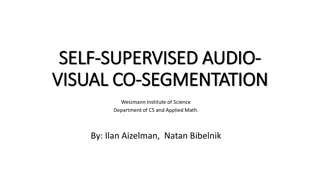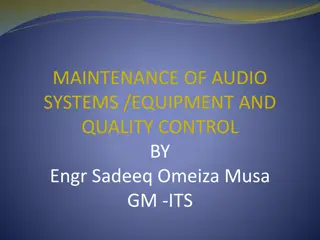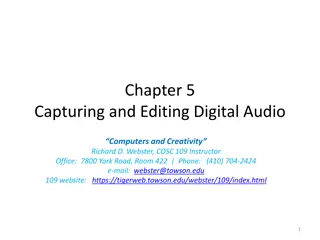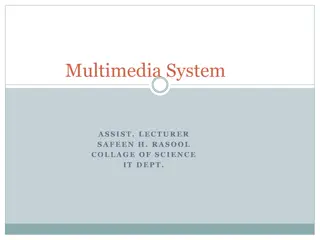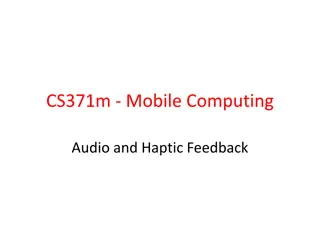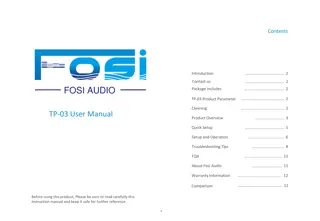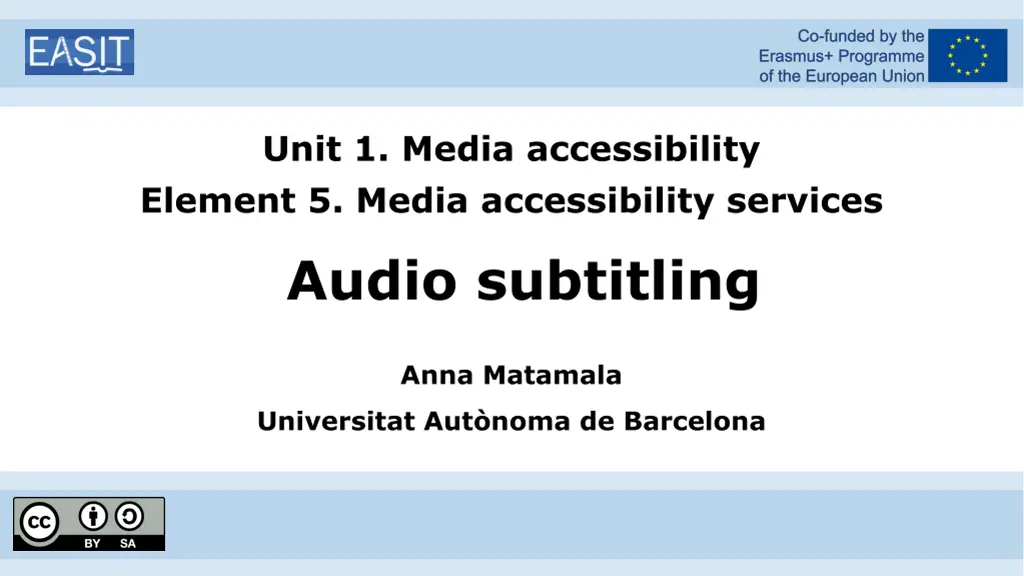
Audio Subtitling: Enhancing Accessibility in Media
Discover the world of audio subtitles, where written text is transformed into spoken words for improved accessibility. Learn about the creation process, different voices, synchronization challenges, and more. Explore how audio subtitles benefit viewers and the services offered in various regions.
Download Presentation

Please find below an Image/Link to download the presentation.
The content on the website is provided AS IS for your information and personal use only. It may not be sold, licensed, or shared on other websites without obtaining consent from the author. If you encounter any issues during the download, it is possible that the publisher has removed the file from their server.
You are allowed to download the files provided on this website for personal or commercial use, subject to the condition that they are used lawfully. All files are the property of their respective owners.
The content on the website is provided AS IS for your information and personal use only. It may not be sold, licensed, or shared on other websites without obtaining consent from the author.
E N D
Presentation Transcript
Unit 1. Media accessibility Element 5. Media accessibility services Audio subtitling Anna Matamala Universitat Aut noma de Barcelona
Overview Audio subtitles. Image by DR Design
What are audio subtitles? Subtitles converted into spoken words. Independent access service or integrated in an audio description (AD).
Less known access service Independent service: Scandinavia, Estonia, Belgium, the Netherlands and Catalonia. Integrated in AD: more widely offered, in partially or fully subtitled films.
Creation and delivery time Recorded. Live (with planning). Live (without planning).
Creation process and voice Voiced through text-to-speech. Intonation + synchrony Human-voiced: Voice-over effect. Acted. Dubbing effect. Less emphatic.
Number of voices One single voice. Several voices. Different combinations of male/femalevoices.
Synchronisation Synchronous. Asynchronous.
Identifying audio subtitles Using different voices. Changing intonation. Adding a label.
Character identification Use of different voices for each character. Indication. Reported speech. Voice-over effect.
Critical problem Synchronisation of audio subtitles with the original dialogues.
Reading Literally. Edited. Spoken words in language A Written words language B Spoken words language B
Standard ISO/IEC TS 200071-25:2017 Information Technology User interface component accessibility. Part 25.
Anna Matamala anna.matamala@uab.cat
Acknowledgement The project EASIT has received funding from the European Commission under the Erasmus+ Strategic Partnerships for Higher Education programme, grant agreement 2018-1- ES01-KA203-05275.
Disclaimer The European Commission support for the production of this publication does not constitute an endorsement of the contents, which reflect the views only of the authors, and the Commission cannot be held responsible for any use which may be made of the information contained therein.
EASIT EASIT (Easy Access for Social Inclusion Training) Logo pagines.uab.cat/easit



